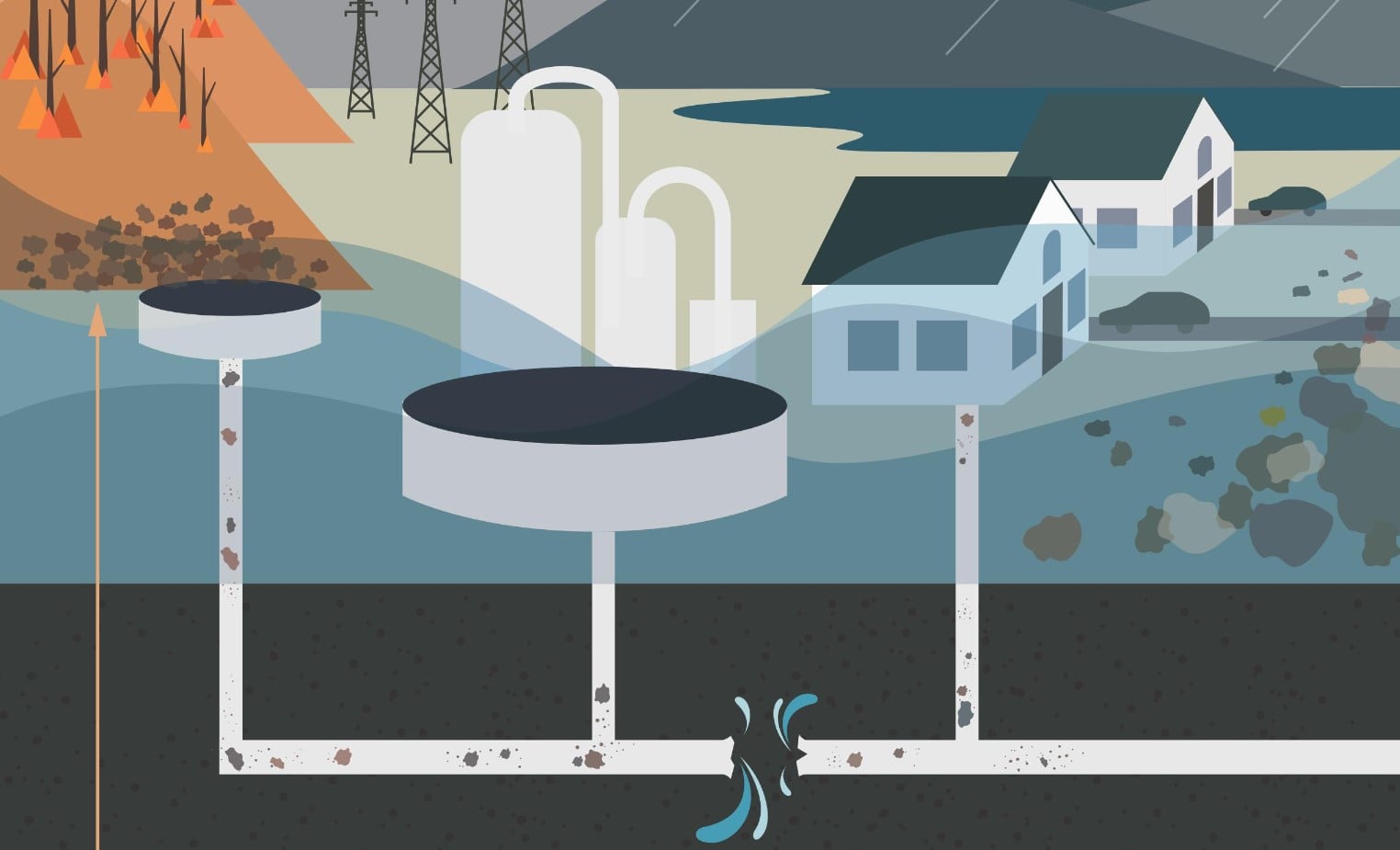Natural disasters are catastrophic events caused by severe weather conditions. The direct, abrupt power of natural disasters can destroy entire neighborhoods, towns, and cities. These destructive events leave behind long-lasting emotional, physical, and environmental effects. Since 2009, there have been over 3,000 natural disasters around the globe, costing approximately $1.4 trillion in clean-up and restoration efforts. The scars caused by natural disasters may never fully heal, but repairing water supply infrastructure presents an intricate and lasting impact.
Q2 hedge fund letters, conference, scoops etc
When considering water infrastructure and natural disasters, flooding is probably the first thing that comes to mind. Floods are one of the most common natural disasters. They can be caused by a variety of events and can happen almost anywhere. Floods, however, are not the only culprits when it comes to natural-disaster-induced harm to our water supply systems. Earthquakes, wildfires, tornadoes, droughts, and hurricanes can also harm water infrastructure.
Contamination, rapid soil erosion, shifting ground, and loss of electricity are four of the major ways that natural disasters work to destroy nearby water sources and facilities:
Contamination
Natural disasters introduce substantial amounts of contaminants into our surface water and groundwater sources. Nitrates, total coliforms, fecal coliforms, E. coli, lead, total dissolved solids (TDS), and chlorine are just a few of the contaminants that can ruin our water supply in the aftermath of destruction.
Rapid Soil Erosion
When soil erodes very suddenly, as it does in the case of wildfires, it can find its way into our groundwater supply system. The soil introduces nutrients, pesticides, minerals, debris, and other byproducts of agricultural runoff into our water sources. This process results in algae blooms and clogged filters in the water treatment chain.
Shifting Ground & Infrastructure
Bursting water supply pipelines interrupt the operation of the water treatment and distribution process. It is particularly hazardous when water pipes burst in older buildings, as this results in lead contaminants being introduced into rivers, streams, and other sources of freshwater. There are also costly repairs involved.
Loss of Electricity
Water treatment facilities and distribution systems need electricity to operate. This makes them vulnerable to power outages. Many natural disasters cause widespread power outages that can disrupt the treatment and distribution process. Even short electrical outages can result in stagnant water that is not safe or appropriately treated.
What should you do if your water is contaminated after a natural disaster? You’ve come to the right place. It’s important to keep in mind that, when a natural disaster occurs, drinking water may not be safe for consumption, hygienic uses, or household chores. A contaminated water system is an unsafe water system. Municipal water authorities are required to notify consumers when water is unsafe. Pay attention to the smell, appearance, and taste of your water. If you’re unsure, it’s best to boil the water before use. During an emergency, follow the authorities’ warnings and instructions.
High Tide Technologies’ newest infographic shares multiple potential circumstances to be wary of in the event of a water-contaminating event in your area.







